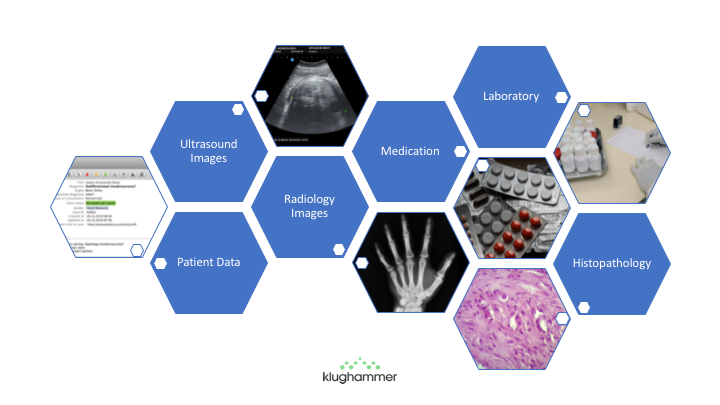
January 08, 2020 -
An EMR is an electronic (digital) collection of medical information about a person that is stored on a computer. An electronic medical record includes information about a patient's health history, such as diagnoses, medicines, tests, allergies, immunizations, and treatment plans. Electronic medical records can be seen by all healthcare providers who are taking care of a patient and can be used by them to help make recommendations about the patient's care. Also called EHR and electronic health record.

Source: NCI
The numerous mechanisms of a well-established electronic medical records system contain the software, coordination measures among branches for the transfer and reception of data, organizational guidelines within the office for workers practice and plans for remaining education and training by medical staff.
All of these elements come together to generate various EMR benefits for your practice including efficient office coordination, quickly transferrable information within and outside of your working place, enhance patient engagement, and more.
As we acknowledged previously, there are slight disadvantages to EMR usage and we belief that the EMR benefits are greater than the minimal inconveniences that may be associated with.
Click here to check out the actual digital health solution of EMR.
Case.io is a smart tool produced by Klughammer, manufacturer for exchanging medical information with your colleagues. It transfers all kinds of files, images or scans to your contacts in a matter of seconds. It handles security by using state of the art encryption so you can focus on the important parts. In a rapid, secure and mobile way.
Any disadvantages of electronic medical records positioned not in the idea or actual physical medium of retaining records in a computerized system, but in the physical challenges of financing, planning, and training.
Every medical procedure must calculate its resources in terms of the original budgetary investment needed to execute an Electronic Medical Record System.
Shifting plans from the old-fashioned paper records system to the latest electronic medical records system necessary to be applied to help medical team feel as comfortable with the change as possible.
The computer skills of current medical workforce may introduce a barrier to be defeated through a suitable EMR Training.